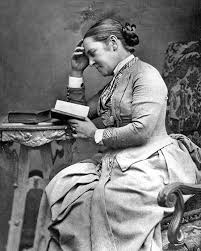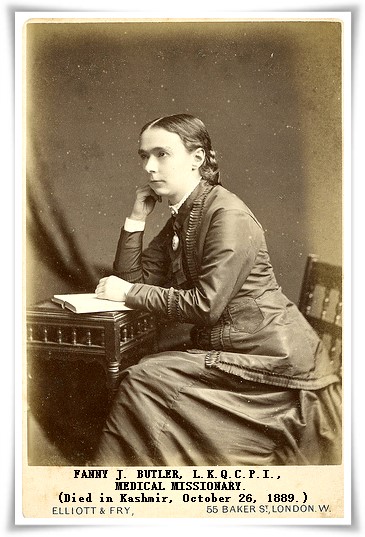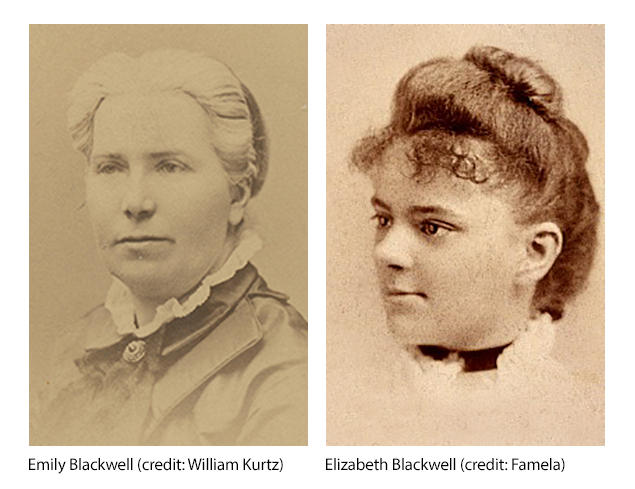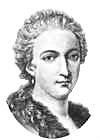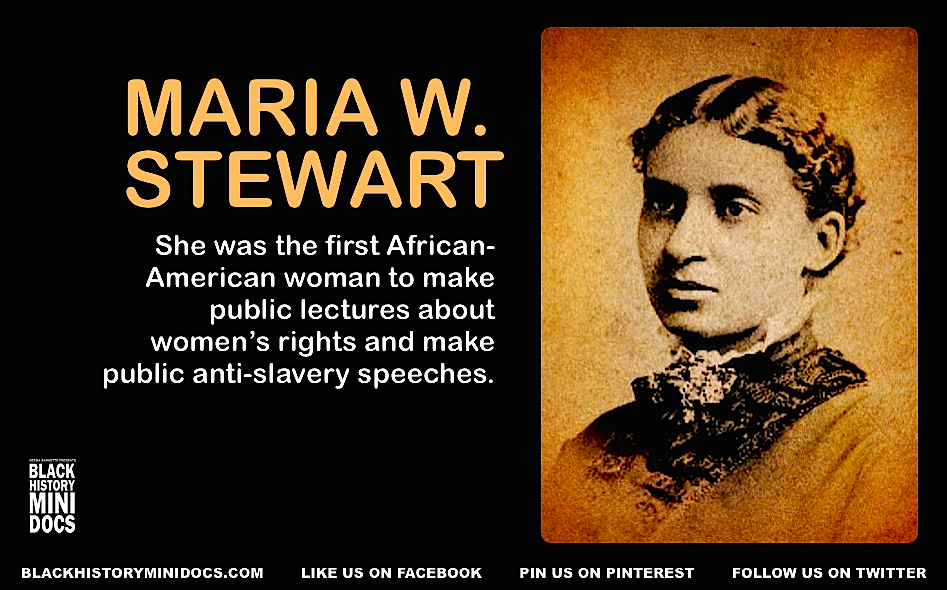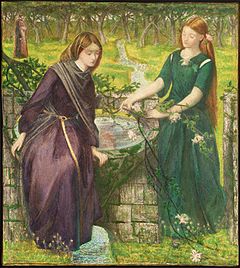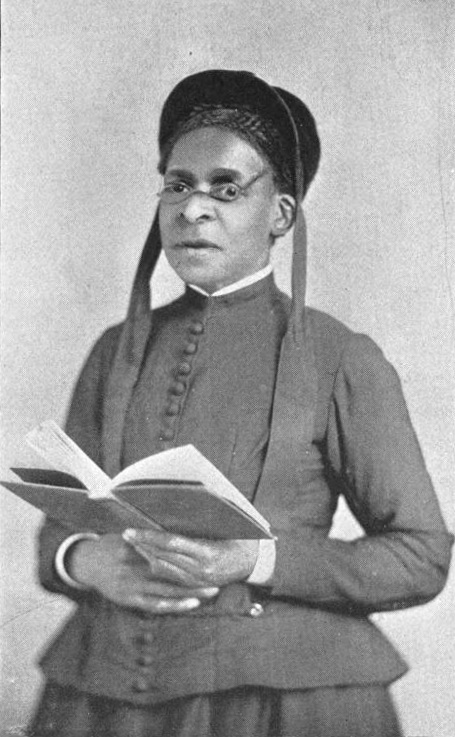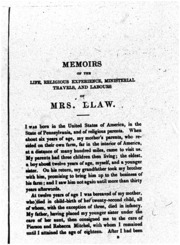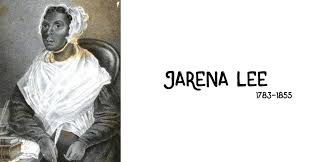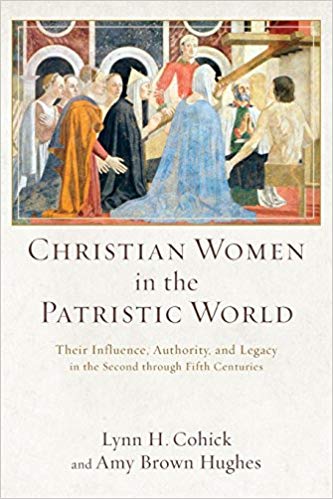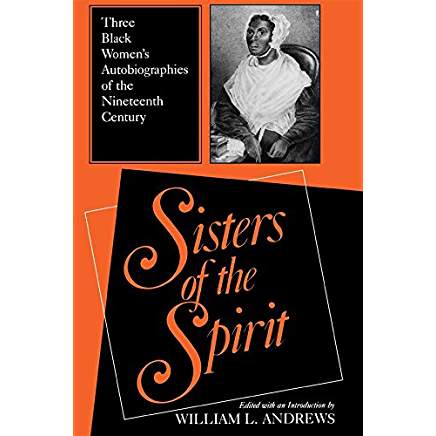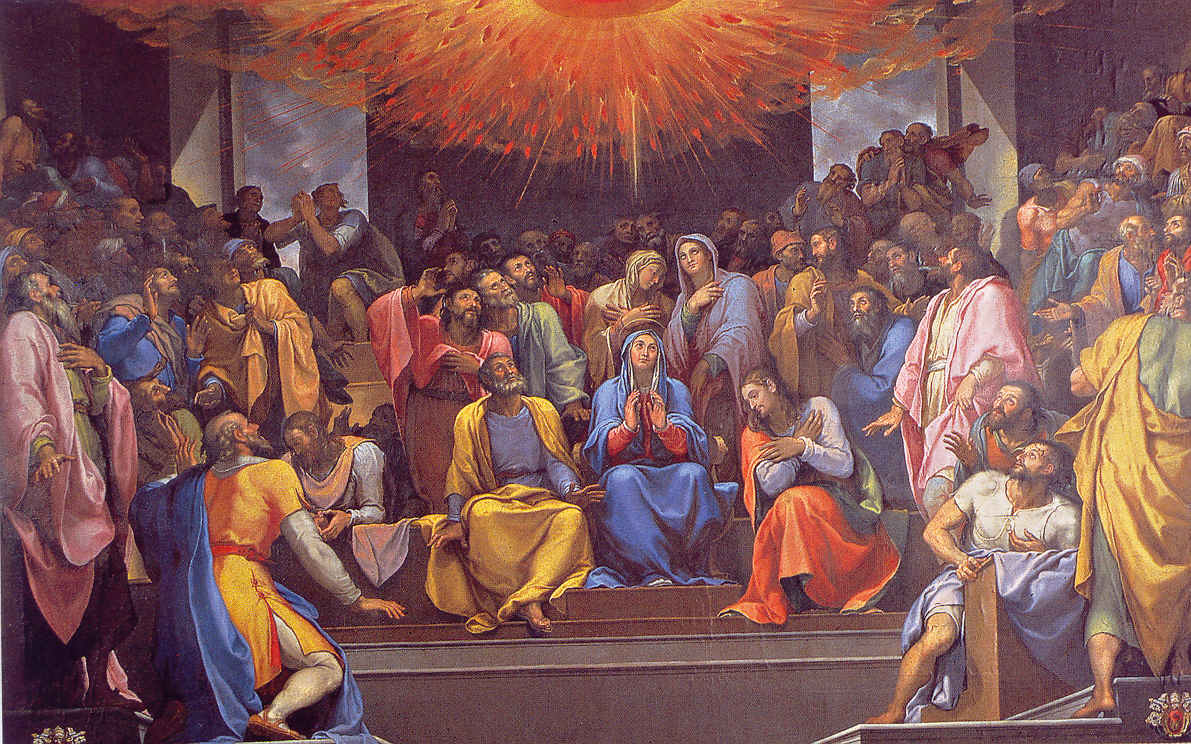
No Battle Between the Sexes
Before Jesus ascended to Heaven He gave the Church a task. He told the disciples, men and women, to take the gospel to the ends of the earth (Matthew 28:19-20). This is a huge undertaking and one that requires men and women serving side by side, using their Spirit-given gifts to bring the message of peace, forgiveness, love, and joy to everyone in the world.
Unfortunately, in our day there is a group of people who are putting a road block in front of the Church by denying women opportunities to serve as they are called. This group calls itself “complementarian”. They are really hierarchalists, but we will save that discussion for a future post. Because they have been called complementarians for several decades we will (under protest) call them that in the interests of clarity.
While complementarians would never say out loud that women are not equal to men, they nevertheless treat women as inferior to men. Complementarians believe that women were created right from the beginning just to serve human males. One of many proponents of hierarchy, Raymond C. Ortlund, Jr. for example says, “God created male and female in His image equally, but He also made the male the head and the female the helper.”[1]In others words, they say that men were meant to rule over women right from the beginning. Women’s only purpose in life is to serve human males. Dr. Ortlund maintains that the “man” that was created in Genesis was a male only. Dr. Ortlund misses the point that God created “man” (the Hebrew is Adam) male and female.
Dr. Ortlund uses a sleight of hand here that has fooled many Christians. Substituting “male” for “man” is one of the main ways that the complementarians convince their followers that males must rule. In the Bible, complementarians interpret “man” as “male” when they want the term to mean “male”, but refer to “man” as “humans” only when it fits their theology.
The complementarians are using what theologians call “eisegesis” – interpreting the Bible according to their pre-conceived ideas.[2] Proper hermeneutical “exegesis” will show that God created “man” or “Adam” as “humankind” – male and female, even as He said in the first place (Gen. 1:27).
Let’s look at the whole picture in the Bible.
God created man in His own image, in the image of God He created him; male and female He created them. (Genesis 1:27)
Then the Lord God formed man of dust from the ground, and breathed into his nostrils the breath of life; and man became a living being.(Genesis 2:7)
Let’s pause here and see what God had done so far. He has created “man” (Adam or humankind) male and female. He has formed “man” from the dust of the ground. We are not told that this “man” in Genesis 2 is different from the one that was created in Genesis 1. This “man” is male and female just as God said. How can that be? Well, the story gets even more interesting.
God decides that for a human to be all by him/herself is not good. Does He just create another human? No. He goes on to create the animals, also out of the dirt (Gen. 2:19). The “man” is wondering why he/she is still alone and why God did not produce a partner for her/him like he did for the animals. God has a better plan. He causes the “man” to fall asleep and He separates him/her into two persons. Notice the woman is not made out of the dirt. Why? She already exists as part of the “man”.
If this seems too mysterious, just remember that we believe that Jesus Christ is fully God and fully man. We don’t know how, but God says so. It’s an exciting part of our faith that sets us apart from all other religions.
In His own wisdom and for His own good pleasure, God decided that He would give to mankind the ability to procreate. God could have just kept pulling “men” out of the dirt, but instead He gave this beautiful job to humans. “Man” was literally ONE flesh. God pulled “man” apart for HIs purposes. He pulled the male and female apart into two persons each with their own flesh. They would soon find out how they would equally rule over the earth as God’s vice-regents (Gen. 1:28). Then God tells us:
For this reason a man shall leave his father and his mother, and be joined to his wife; and they shall become one flesh. (Genesis 2:24)
What an amazing thing! The male and female become ONE flesh again. But, when you look at a husband and wife, you see two people, don’t you? How are they ONE flesh? It’s a beautiful mystery, but very important since both Jesus and Paul affirm it.
One day the Pharisees came to Jesus with a question about divorce to test Him. Jesus set them straight:
And He answered and said, “Have you not read that He who created them from the beginning made them male and female, and said, “For this reason a man shall leave his father and mother and be joined to his wife, and the two shall become one flesh”? So they are no longer two, but one flesh?What therefore God has joined together, let no man separate. (Matthew 19:4-6)
Please note that Jesus says that a man should leave his father and mother and join himself to his wife. Is that how we do it? No. For centuries in this sinful world women are told to leave their families. They take the husband’s name and the children they have also take the father’s name. We are doing it backwards according to Jesus.
But wait. There’s more. Lest we make the mistake of thinking what God said originally only counts for the Garden of Eden or what Jesus said counts only for the Jews, let’s hear what the apostle Paul says to Christians:
He who loves his own wife loves himself; for no one ever hated his own flesh, but nourishes and cherishes it, just as Christ also does the church, because we are members of His body. For this reason a man shall leave his father and mother and shall be joined to his wife, and the two shall become one flesh. This mystery is great; but I am speaking with reference to Christ and the church.(Ephesians 5:28-32)
Note that Paul reminds us that there is ONE flesh. This is an eternal principle. Paul says it is a mystery and that it gives us a picture of Christ and the Church. As ONE flesh husbands and wives serve together; as one Church or Body of Christ all Christians, male and female serve together. This implies equality and mutuality.
It is tragic that so much ink is spilled, so many hours are wasted, and so many people are being hurt just so some men can keep their leadership positions. And worse yet, many people are dying every day without hearing the gospel because Christians are unable to fulfill the Great Commission with only half of the disciples of Christ allowed to serve. Satan is the only winner in the Battle of the Sexes.
Christians, let us love one another and let us love others enough to follow Christ as He has called us. All Christians, women and men have spiritual gifts to be used to build up the body (I Cor. 12:13). It’s not about who get to be the boss; it’s about who gets to serve.
Just as the Son of Man did not come to be served, but to serve, and to give His life a ransom for many.(Matthew 20:28)
[1]Raymond C. Ortlund, Jr. “Male-Female Equality and Male Headship” in John Piper & Wayne Grudem, eds. Recovering Biblical Manhood & Womanhood: A Response to Evangelical Feminism(Wheaton, IL: Crossway Books, 2006) page 99.
[2]In future posts we will expose some of the other deceptions used by the complementarians. Their errors can be attributed to faulty exegesis.
